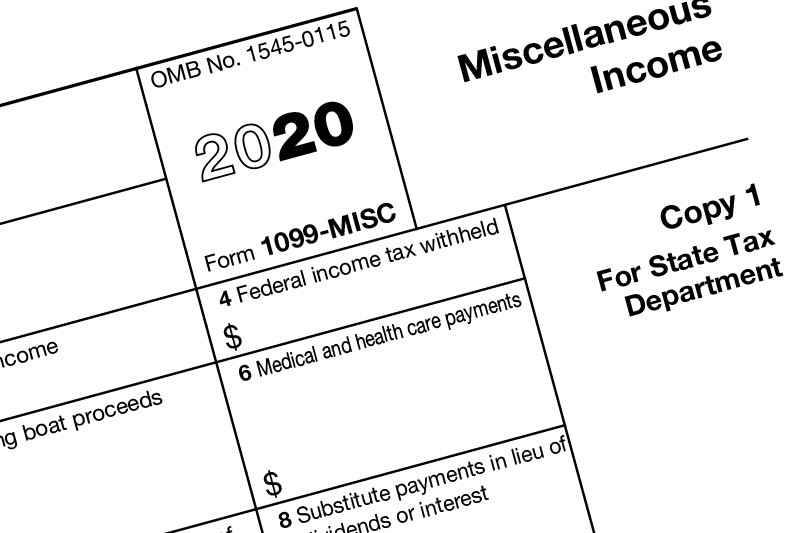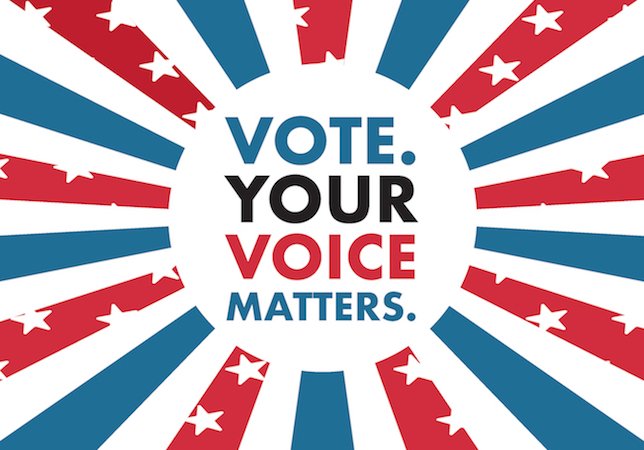U.S. Department of Labor proposes rule to clarify Employee from 1099 Independent Contractors

The U.S. Department of Labor recently issued a proposed regulation to revise Title 29 of the Code of Federal Regulations to clarify the Independent Contractor (1099) test the DOL uses for determining whether a worker is entitled to minimum wage and/or overtime pay under the Fair Labor Standards Act (“FLSA”).
The new rules are designed to clarify the rights that a misclassified 1099 Independent Contractor would be eligible for as a W-2 employee. Such employees would now earn the same wage and hour rights as any regular employee under the FLSA. The idea by the DOL is to further probe in to the legal use of 1099 Independent Contractors by companies.
“The Department’s proposal aims to bring clarity and consistency to the determination of who’s an independent contractor under the Fair Labor Standards Act,” said Secretary of Labor Eugene Scalia. “Once finalized, it will make it easier to identify employees covered by the Act, while respecting the decision other workers make to pursue the freedom and entrepreneurialism associated with being an independent contractor.”
The proposed rule would:
- Adopt an “economic reality” test to determine a worker’s status as an FLSA employee or an Independent Contractor. The test considers whether a worker is in business for himself or herself (1099 Independent Contractor) or is economically dependent on a employer for work (employee);
- Identify and explain two “core factors,” specifically the nature and degree of the worker’s control over the work, and the worker’s opportunity for profit or loss based on initiative and/or investment. These factors help determine if a worker is economically dependent on someone else’s business or is in business for himself or herself;
- Identify three other factors that may serve as additional guideposts in the analysis: the amount of skill required for the work; the degree of permanence of the working relationship between the worker and the potential employer; and whether the work is part of an integrated unit of production; and
- Advise that the actual practice is more relevant than what may be possible in determining whether a worker is an employee or an independent contractor.
Source: US DOL
The concern around 1099 Independent Contractor misclassification is the misreporting of payroll taxes from both the 1099 and the company that uses the 1099 for services rendered. Under the new proposed FLSA rules, if a 1099 was misclassified, but is actually an employee, the employee may also be eligible for overtime hours as well.





